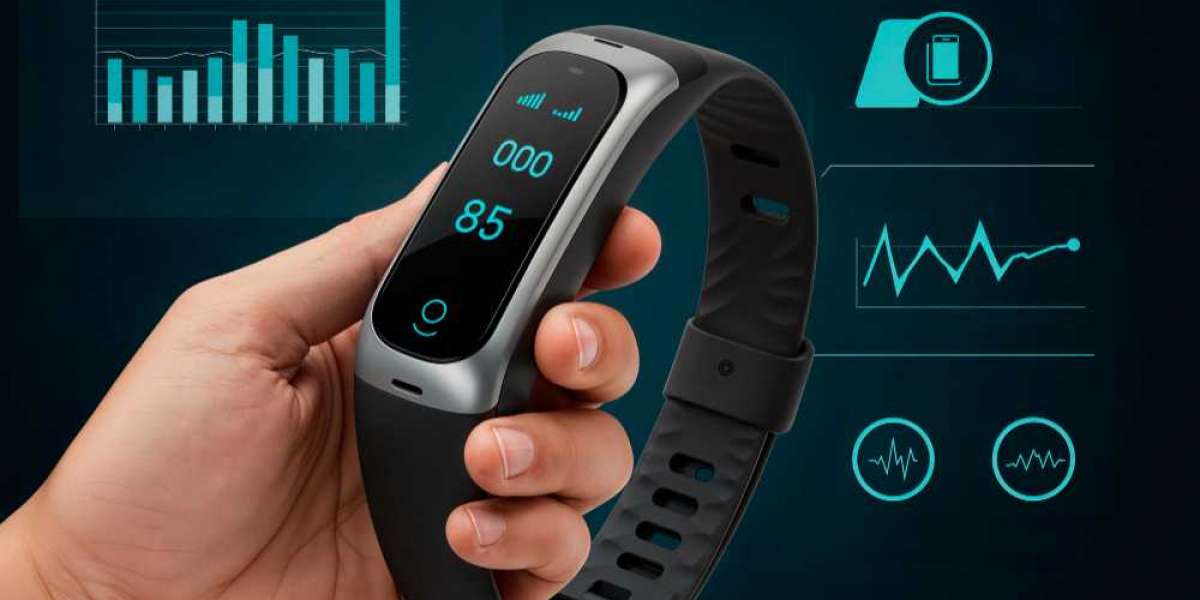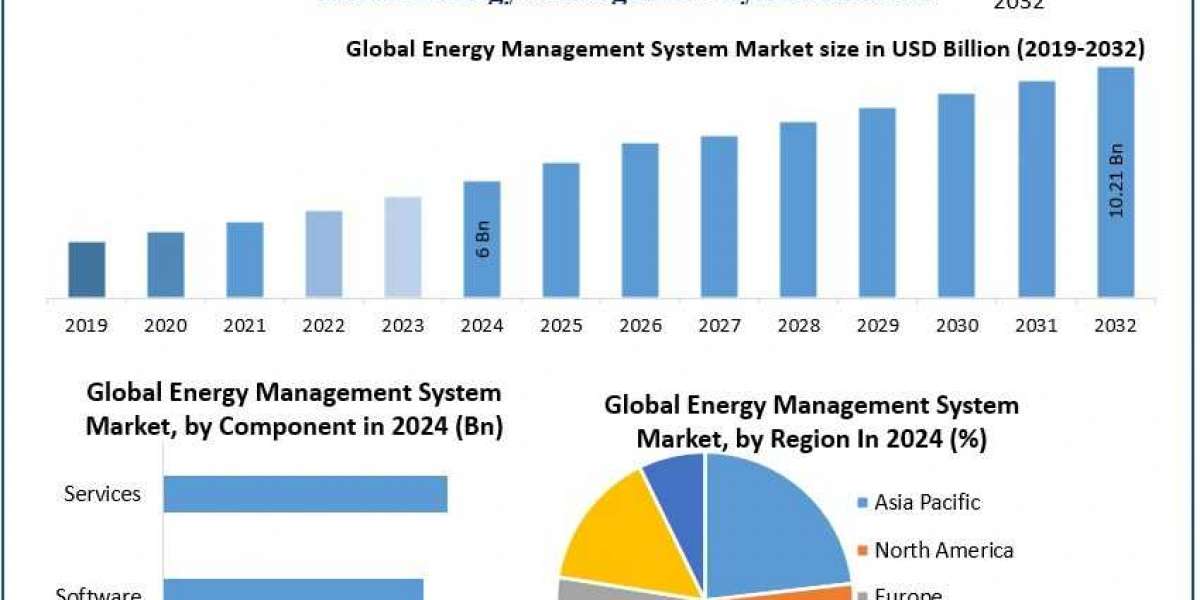The convergence of technology and healthcare has reached a pivotal moment with wearable technology leading unprecedented changes in how we approach health management and medical care.
Advanced Monitoring Through Intelligent Devices
Wearable technology tracking devices have evolved into comprehensive health monitoring platforms that capture detailed physiological data around the clock. These devices utilize cutting-edge sensor technology including photoplethysmography, bioimpedance analysis, and advanced motion sensors to provide clinical-grade health insights.
Modern wearables can detect subtle changes in heart rate patterns, monitor respiratory rates, track physical activity levels, and even assess stress responses through heart rate variability analysis. The integration of cloud computing and artificial intelligence enables these devices to process complex health data and provide personalized recommendations for health optimization.
Transformative Benefits for Healthcare Stakeholders
The advantages of wearable technology create value for patients, healthcare providers, and healthcare systems alike. For patients, these devices offer unprecedented control over their health through continuous monitoring and immediate feedback about their physiological status.
Healthcare providers benefit from access to rich, longitudinal health data that extends beyond traditional clinical encounters. This comprehensive view of patient health enables more accurate diagnoses, personalized treatment protocols, and proactive intervention strategies.
The technology's ability to detect early warning signs of health deterioration has proven particularly valuable in managing chronic conditions. Patients with heart failure, diabetes, or hypertension can receive timely interventions before their conditions worsen, potentially preventing hospitalizations and improving quality of life.
Population health management becomes more effective when healthcare organizations can aggregate anonymized wearable data to identify health trends, optimize resource allocation, and develop targeted public health interventions.
Contemporary Applications in Clinical Practice
Current wearable technology applications demonstrate remarkable versatility across various medical specialties. Cardiologists utilize smartwatches with ECG capabilities to monitor patients for atrial fibrillation, while endocrinologists rely on continuous glucose monitors to optimize diabetes management.
Mental health professionals are incorporating wearables that track sleep patterns, physical activity, and stress indicators to better understand patient well-being and treatment effectiveness. These devices provide objective data that complements traditional clinical assessments.
Rehabilitation medicine has embraced wearables for monitoring patient progress during recovery from injuries or surgeries. These devices can track range of motion, balance, and activity levels, providing valuable feedback for adjusting rehabilitation protocols.
The integration of wearable data with electronic health records creates comprehensive patient profiles that support evidence-based clinical decision-making and improve continuity of care across healthcare settings.
Next-Generation Healthcare Technology
Future developments in wearable technology will introduce breakthrough capabilities that further enhance healthcare delivery. Researchers are developing multi-modal sensors that can simultaneously monitor multiple biomarkers, providing a more complete picture of patient health status.
The integration of augmented reality and virtual reality technologies with wearables will create immersive therapeutic experiences for pain management, mental health treatment, and rehabilitation. These technologies will enable new forms of digital therapeutics that combine monitoring with interactive interventions.
Advances in battery technology and energy harvesting will enable longer-lasting devices that can operate for months without charging, improving patient compliance and data continuity. Wireless charging and solar-powered wearables will make these devices more practical for long-term use.
The development of interoperable standards will ensure seamless data exchange between different wearable devices and healthcare systems, creating a unified ecosystem for health monitoring and management.
Conclusion
Wearable technology is fundamentally reshaping healthcare by enabling continuous, personalized, and proactive health management. As these devices become more sophisticated and integrated into healthcare workflows, they will continue to improve patient outcomes, reduce healthcare costs, and transform the relationship between patients and healthcare providers. The future of healthcare is intelligent, connected, and patient-empowered.
Latest Reports:-
Pars Planitis Market | Partial Seizure Market | Peanut Allergy Market | Pediatric Neurology Devices Market | Peptic Ulcers Market | Percutaneous Mechanical Circulatory Support Market | Peripherally Inserted Central Catheter Devices Market | Peritoneal Carcinomatosis Market | Perivascular Epithelioid Cell Tumor Market | Dysthymia/persistent Depressive Disorder Market | Plasmodium Vivax Malaria Market | Pneumothorax Treatment Devices Market | Point Of Care Glucose Testing Market | Poliomyelitis Market | Polycystic Ovary Syndrome Market | Polycythemia Market | Polymyalgia Rheumatica Market | Positive Air Pressure Device Market | Post-operative Nausea Vomiting Market | Postoperative Nausea And Vomiting Market | Powered Surgical Instrument Market | Immunologic Deficiency Syndrome Market | Primary Immunodeficiency Disease Market








